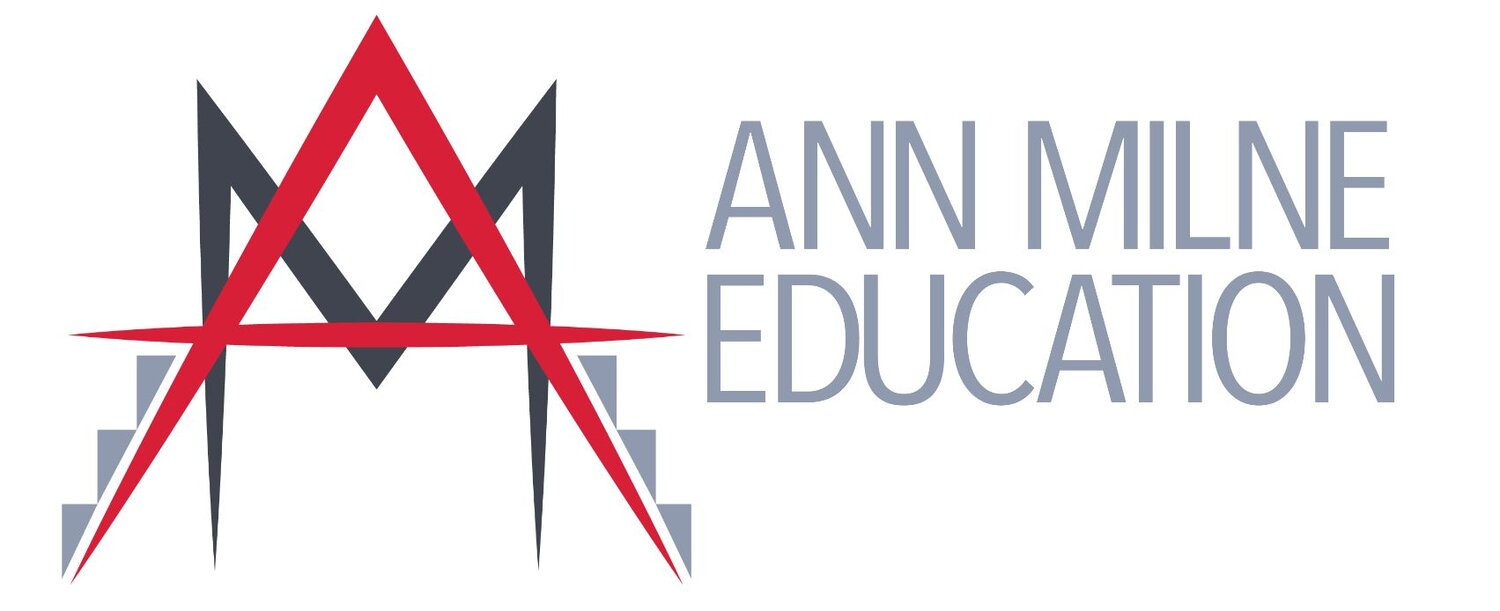Our Words are our Weapons
The Warrior-Researchers of Kia Aroha College have been in the news lately, as my previous two blog posts (here & here) have shown. This post is my Christmas koha (gift). It shares the video of the Warrior-Researchers’ keynote presentation to the NZARE Conference recently (scroll to the end of the post for the link).
It also answers a question I am asked regularly, by providing some context for the use of the word, “Warrior” in the research group’s name, and in the goal of Kia Aroha College, “to develop Warrior Scholars” which the school defines as:
Young people, secure in their own identity, competent and confident in all aspects of their cultural world, critical agents for justice, equity and social change, with all the academic qualifications and cultural knowledge they need to go out and change the world.
So, why Warrior? The name came from two sources.
Firstly, Kincheloe and Hayes (2007) describe “the critical curriculum of self-study,” as reading and appreciating the pain and the realities of “city kids” in urban classrooms, and developing relationships of trust with youth in these communities. This curriculum develops “warrior intellectuals” involved in critically grounded, engaged scholarship. They contrast these scholars with “chicken intellectuals” who, like chicken hawks, start and support wars but send other people to fight them, and who separate their academic work from the lived world (p. 29). Unfortunately, that gap between the research and the realities of our children in the education system is too often a feature of our so-called education reforms.
Warrior intellectuals are not afraid to challenge the status quo and bring compassion, ethical behaviour, social justice and critical insight, not just into their work in the classroom, but into their daily lives. That thinking is at the heart of the work of Warrior Scholars and Warrior-Researchers at Kia Aroha College.
The second piece of thinking has indigenous roots, as this image shows. My thanks to Kia Aroha College’s “Ukukura” or ally school, Roses in Concrete Community School, in East Oakland, California, where I took the photo of the sign on the classroom door of exemplary teacher “LT” Laurence Tan, using the words attributed to Sitting Bull, the Hunkpapa Lakota leader who led his people during years of resistance to United States government policies.
For us, warriors are not what you think of as warriors. The warrior is not someone who fights, because no one has the right to take another life. The warrior, for us, is one who sacrifices himself for the good of others. His task is to take care of the elderly, the defenseless, those who cannot provide for themselves, and above all, the children, the future of humanity. (Sitting Bull)
So no, absolutely nothing to do with Once were Warriors or a “Warrior race” when, as Dr Moana Jackson’s critical response to that notion almost a decade ago states, “a clear and actually objective analysis of our society would have shown that the book [by Alan Duff] could more properly have been called Once Were Gardeners, Once Were Poets, Once Were Singers, and if you’re from Kahungunu, Once and Always Were Lovers.” He provides an historical explanation of the origins of this “scientific and cultural lie,” and how it has been perpetuated, particularly by the media.
Tina Ngata’s opinion piece in The Spinoff responds to actor Jason Momoa’s “problematic interpretation of haka on the world stage.” Tina reminds us of the role that this idea of a warrior gene or warrior race, has played “in maintaining colonial domination over indigenous peoples” and how “this one-dimensional exploitation of us as tangata moana contributes to the ongoing colonisation of our people within our own minds.”
Warrior-Scholars and Warrior-Researchers actively speak back to this process.
Duncan-Andrade & Morrell (2008) advocate for developing “critical counter-cultural communities of practice,” which recognise the existence of a dominant set of institutional norms and practices and intentionally work to counter these (p. 11). This practice intentionally targets the White spaces of alienation, intellectual disenfranchisement, and academic hegemony and replaces them with critical consciousness, audacious and critical hope, and the highest level of learning, both western and cultural. It develops young people who speak out against injustice, and whose weapons are their words and their critical understanding and analysis of the way society works, and how to counter that. That’s why they are Warriors!
See that in action in the video of the Warrior-Researchers’ Keynote address to the New Zealand Association of Research in Education (NZARE).
My thanks for your interest in this work during 2018.
Meri Kirihimete!

